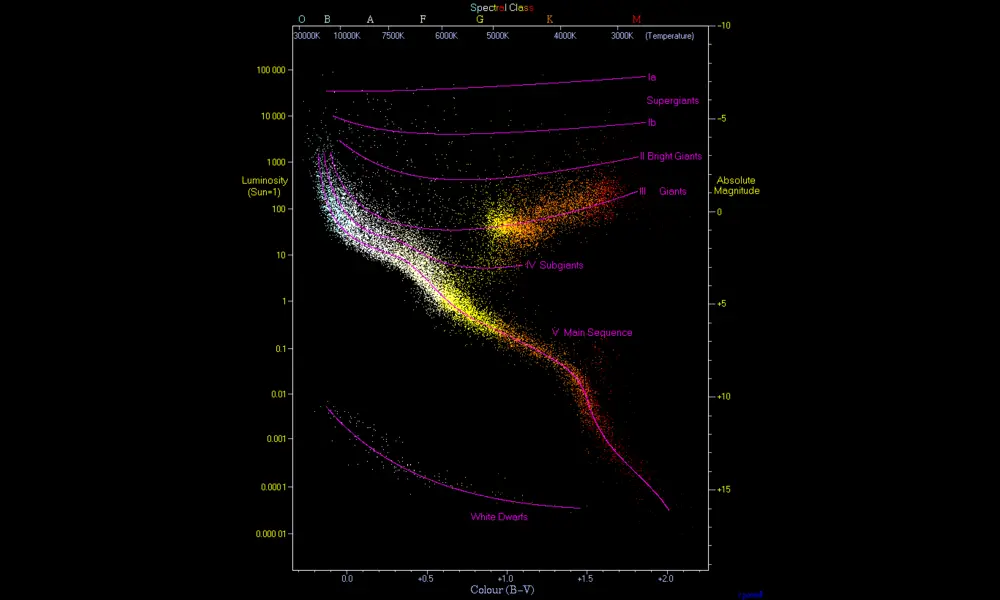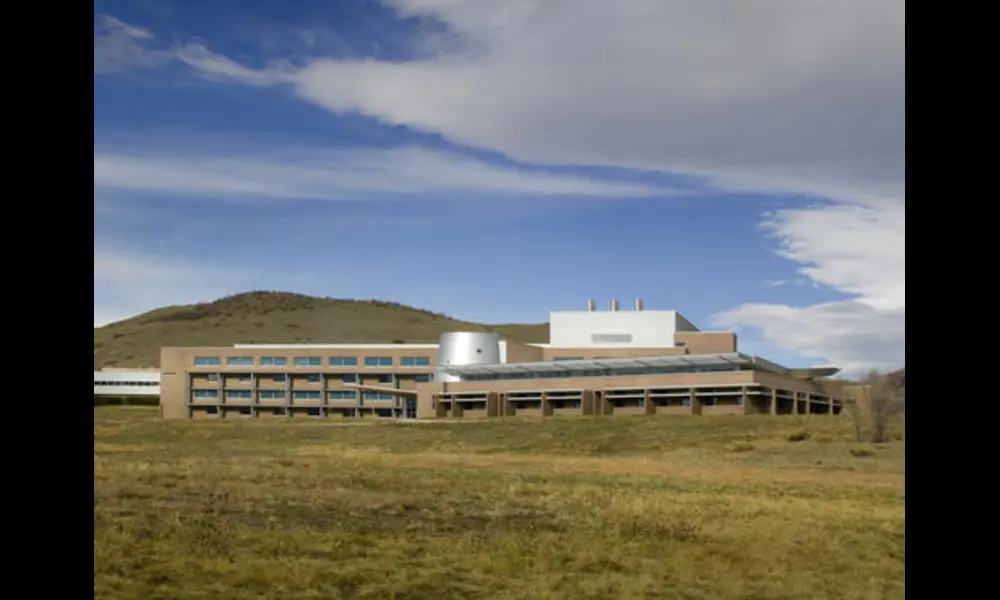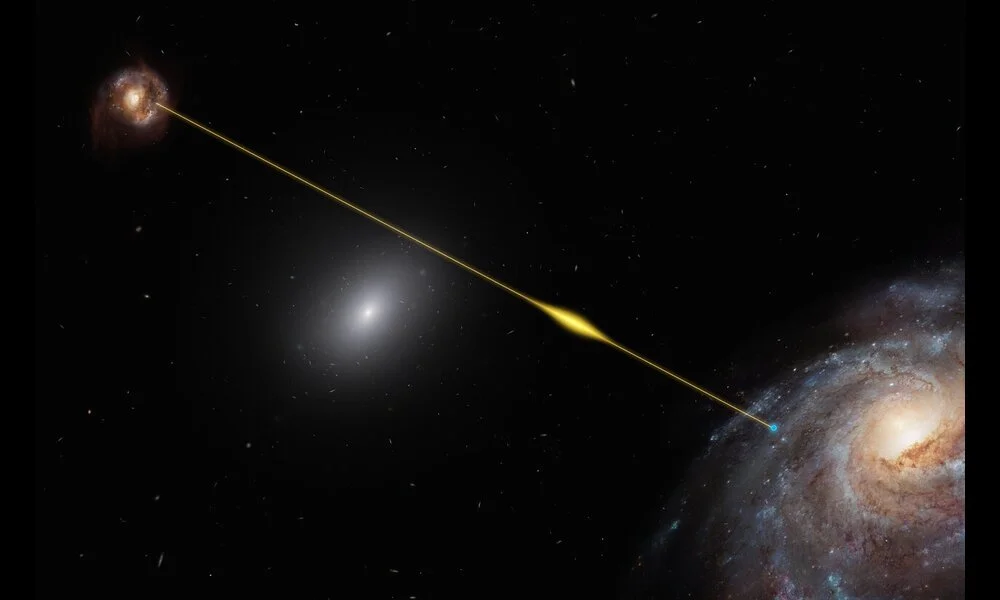Advancements in Asteroseismology Explain Red Clump Stars' Pulsations
Published on Tue Mar 12 2024 File:HRDiagram.png | Saibo on Wikimedia
File:HRDiagram.png | Saibo on WikimediaIn the captivating realm of astronomy, understanding the heartbeat of stars is crucial to unfolding the mysteries of the universe. A pioneering study led by Anthony Noll, Sarbani Basu, and Saskia Hekker delves into the internal dynamics of Red Clump (RC) stars by examining how nuclear reaction rates and core boundary mixing impact their seismic properties. Published in Astronomy and Astrophysics, their work uses advanced asteroseismology techniques to model the cores of RC stars, offering new insights into the dynamic interiors of these celestial bodies.
RC stars are pivotal in our comprehension of stellar evolution. Acting as cosmic lighthouses, they guide astronomers in gauging distances across the universe and tracing the galactic ancestry of stars. However, accurately modeling these giants has been a complex challenge, primarily due to uncertainties in understanding the physical processes within their cores. Through meticulous simulations, the team has brought to light how different rates of helium burning and the mixing at the core's edge significantly alter the period spacing of oscillations — essentially, the stars' rhythmic pulsations. This breakthrough offers a sharper lens through which to view the life cycles of stars.
Employing the MESA stellar evolution code, the scientists modeled scenarios with varied core boundary mixing approaches and nuclear reaction rates to observe their effects on the period spacing of stellar oscillations. Their findings reveal that differences in core boundary mixing schemes can cause variations in period spacing of up to 30 seconds. Furthermore, tweaking the rate of the 12C(α,γ)16O nuclear reaction has a pronounced effect, stretching the core helium burning phase and thus, extending the range of period spacing covered by the models during their evolution.
The implications of this research are wide-reaching. With RC stars serving as crucial indicators for the characteristics of galaxies, improving our understanding of their internal mechanics allows astronomers to refine methods for determining distances across the cosmos and understanding the life cycles of stars. This enhances our comprehension of the universe's structure and its evolutionary history.
In an age where new seismic data from missions like PLATO is on the horizon, along with advanced numerical simulations, the potential to raise the curtain on long-standing uncertainties is immense. This study not only sheds light on the complex nature of RC stars but also paves the way for future research that could fine-tune our understanding of nuclear reactions within star cores.



